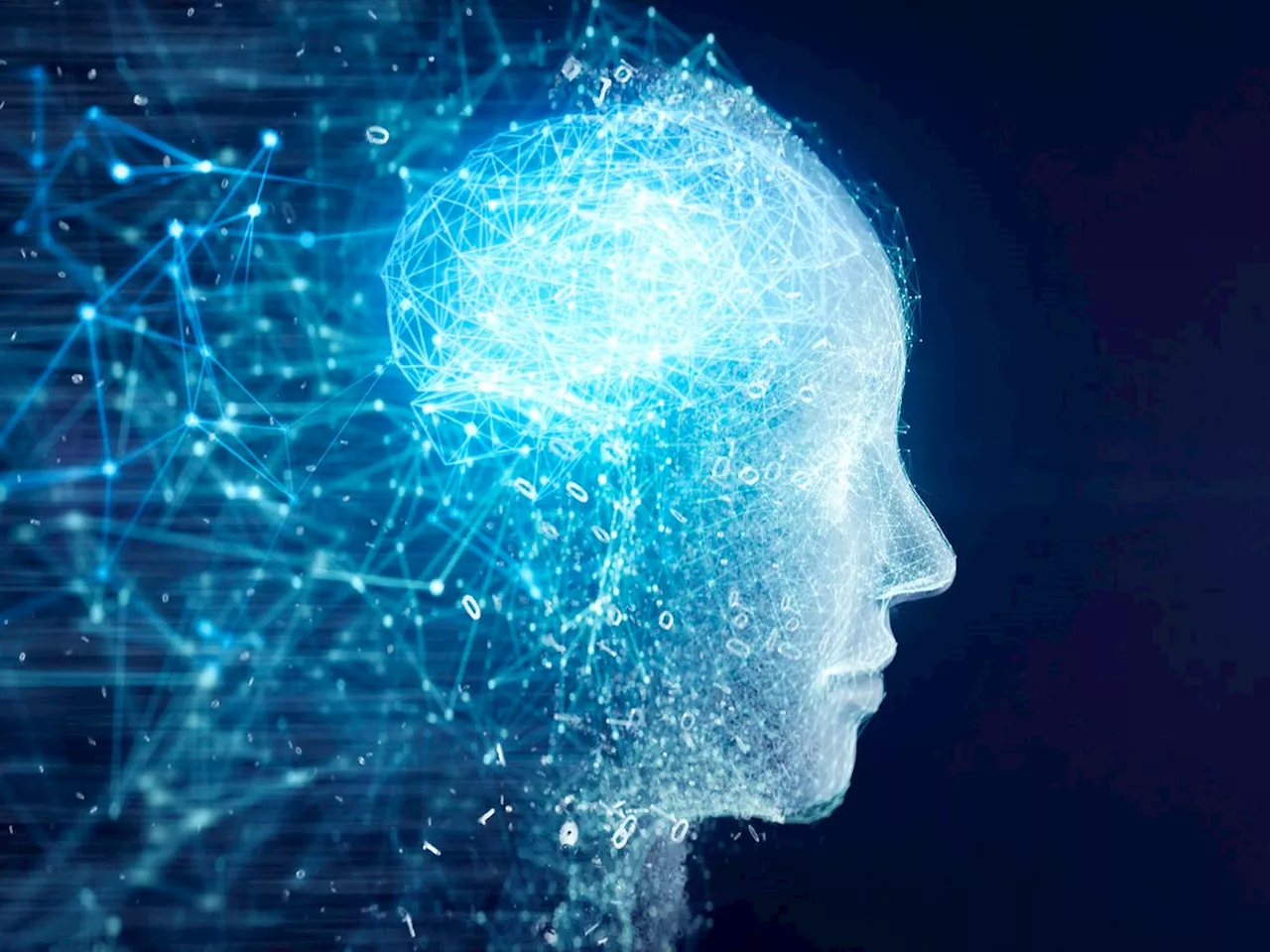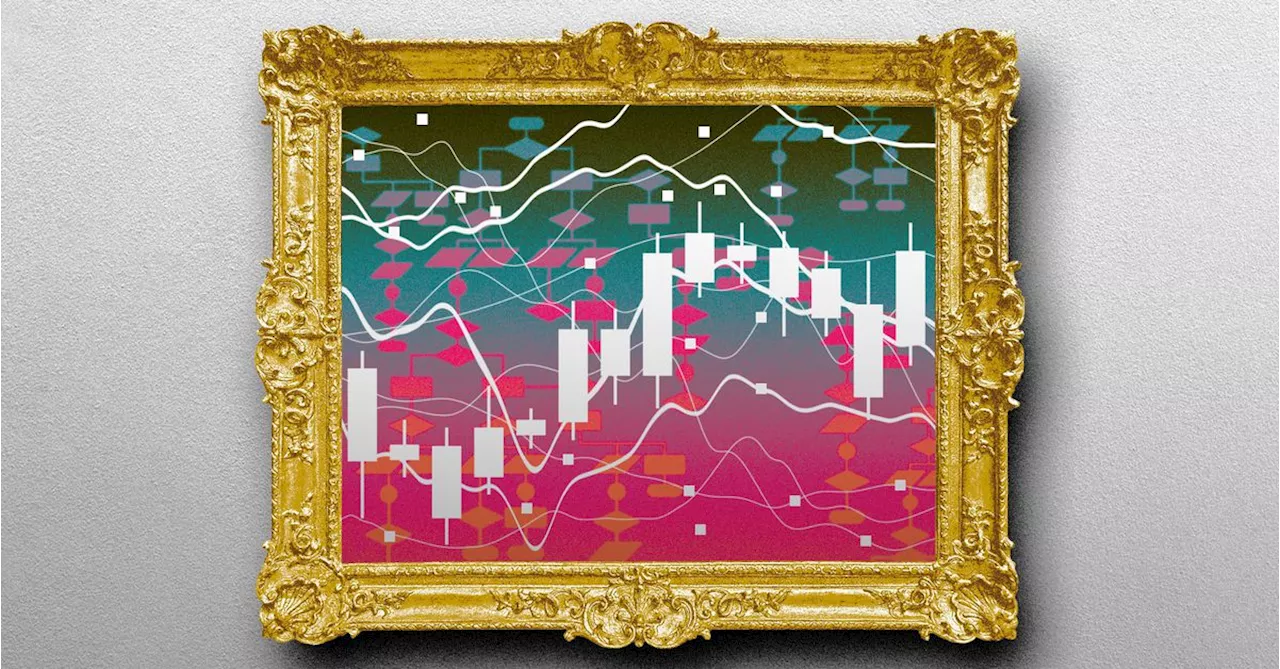Generative AI has caused consternation among writers and artists, but interactive systems offer an intriguing future for AI art that doesn’t try to replace existing human work.
If you’re yearning for a fistfight with an artist, one simple phrase should do the trick: AI can do what you do. The recent explosion of chatbots and text-to-image generators has prompted consternation from writers, illustrators, and musicians. AI tools like ChatGPT and DALL-E are extraordinary technical accomplishments, yet they seem increasingly purpose-built for producing bland content sludge.
--- Sometimes theft is still art I’ve seen the claim that, by definition, nothing AI-related can be art because it’s based on recombining huge amounts of existing work. And there are fascinating questions about whether training AI systems should count as legal fair use. But “is something infringement?” is not the same question as “is it art?” Art history is full of people appropriating each other’s work for profit.
United States Latest News, United States Headlines
Similar News:You can also read news stories similar to this one that we have collected from other news sources.
 Generative AI Arms You With Highly Intelligent Questions So You Look Wicked SmartDr. Lance B. Eliot is a world-renowned expert on Artificial Intelligence (AI) with over 7.8+ million amassed views of his AI columns and been featured on CBS 60 Minutes. As a CIO/CTO seasoned executive and high-tech entrepreneur, he combines practical industry experience with deep academic research.
Generative AI Arms You With Highly Intelligent Questions So You Look Wicked SmartDr. Lance B. Eliot is a world-renowned expert on Artificial Intelligence (AI) with over 7.8+ million amassed views of his AI columns and been featured on CBS 60 Minutes. As a CIO/CTO seasoned executive and high-tech entrepreneur, he combines practical industry experience with deep academic research.
Read more »
 How to Regulate Generative AI in HealthcareA challenge confronting the Food and Drug Administration — and other regulators around the world — is how to regulate generative AI. The approach it uses for new drugs and devices isn’t appropriate. Instead, the FDA should be conceiving of LLMs as novel forms of intelligence. It should employ similar approaches to those it applies to clinicians.
How to Regulate Generative AI in HealthcareA challenge confronting the Food and Drug Administration — and other regulators around the world — is how to regulate generative AI. The approach it uses for new drugs and devices isn’t appropriate. Instead, the FDA should be conceiving of LLMs as novel forms of intelligence. It should employ similar approaches to those it applies to clinicians.
Read more »
 How to Regulate Generative AI in Health CareA challenge confronting the Food and Drug Administration — and other regulators around the world — is how to regulate generative AI. The approach it uses for new drugs and devices isn’t appropriate. Instead, the FDA should be conceiving of LLMs as novel forms of intelligence. It should employ similar approaches to those it applies to clinicians.
How to Regulate Generative AI in Health CareA challenge confronting the Food and Drug Administration — and other regulators around the world — is how to regulate generative AI. The approach it uses for new drugs and devices isn’t appropriate. Instead, the FDA should be conceiving of LLMs as novel forms of intelligence. It should employ similar approaches to those it applies to clinicians.
Read more »
 Generative AI Will Expose Healthcare’s Ugly Identity CrisisBorn, raised, and practicing in Southern California, Dr. Ramkumar is a hip and knee surgeon-scientist passionate about the intersection of musculoskeletal medicine, technology, and healthcare delivery.
Generative AI Will Expose Healthcare’s Ugly Identity CrisisBorn, raised, and practicing in Southern California, Dr. Ramkumar is a hip and knee surgeon-scientist passionate about the intersection of musculoskeletal medicine, technology, and healthcare delivery.
Read more »
 How to Regulate Generative AI in Health CareA challenge confronting the Food and Drug Administration — and other regulators around the world — is how to regulate generative AI. The approach it uses for new drugs and devices isn’t appropriate. Instead, the FDA should be conceiving of LLMs as novel forms of intelligence. It should employ similar approaches to those it applies to clinicians.
How to Regulate Generative AI in Health CareA challenge confronting the Food and Drug Administration — and other regulators around the world — is how to regulate generative AI. The approach it uses for new drugs and devices isn’t appropriate. Instead, the FDA should be conceiving of LLMs as novel forms of intelligence. It should employ similar approaches to those it applies to clinicians.
Read more »
 How to Regulate Generative AI in Health CareA challenge confronting the Food and Drug Administration — and other regulators around the world — is how to regulate generative AI. The approach it uses for new drugs and devices isn’t appropriate. Instead, the FDA should be conceiving of LLMs as novel forms of intelligence. It should employ similar approaches to those it applies to clinicians.
How to Regulate Generative AI in Health CareA challenge confronting the Food and Drug Administration — and other regulators around the world — is how to regulate generative AI. The approach it uses for new drugs and devices isn’t appropriate. Instead, the FDA should be conceiving of LLMs as novel forms of intelligence. It should employ similar approaches to those it applies to clinicians.
Read more »
